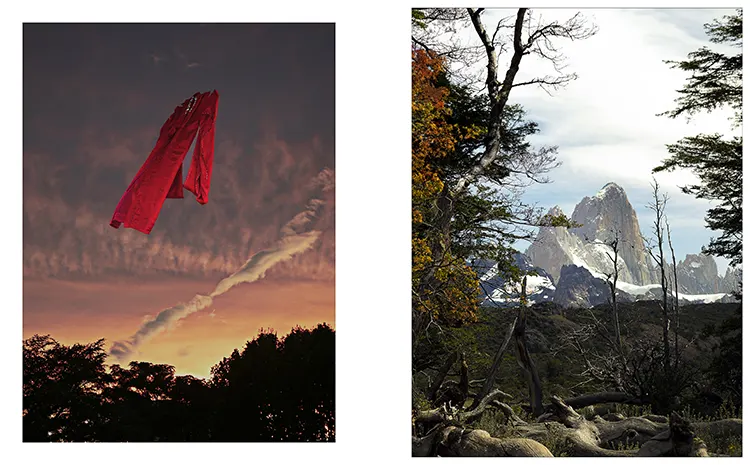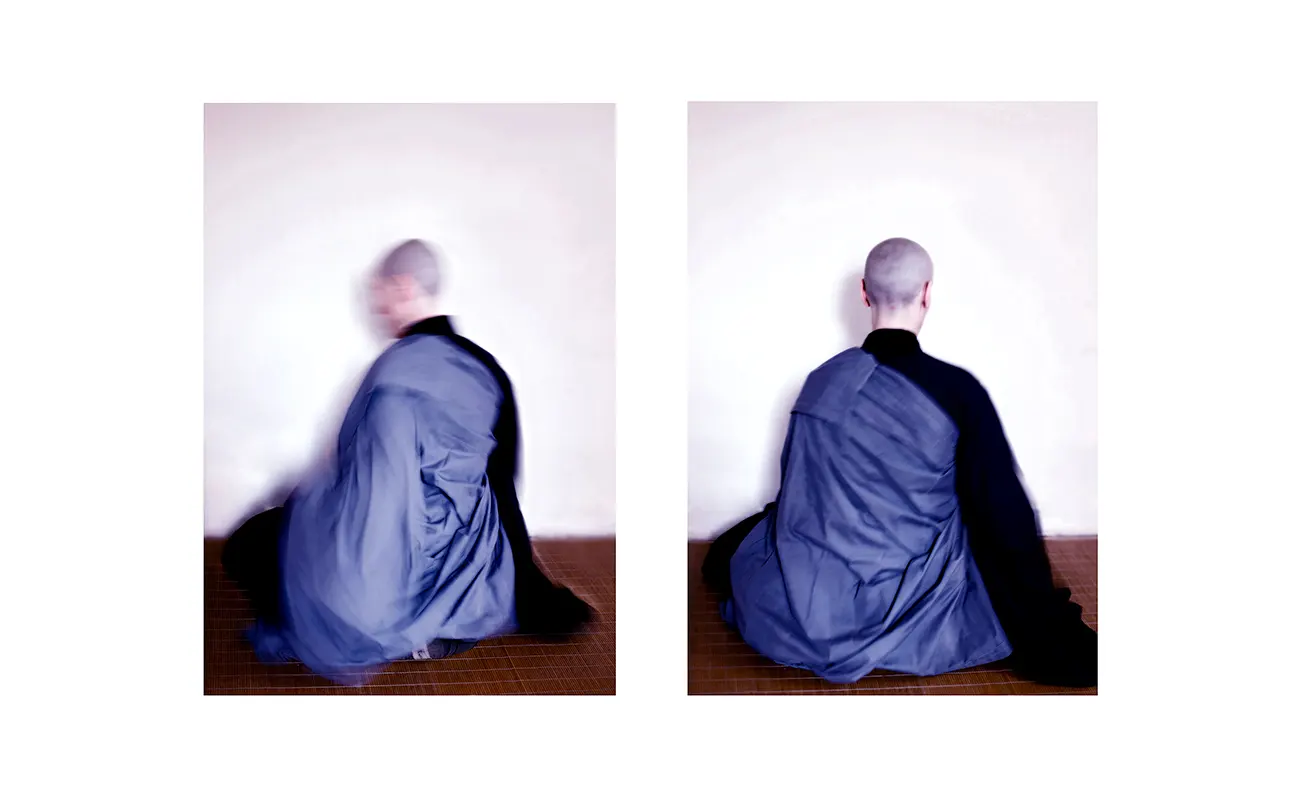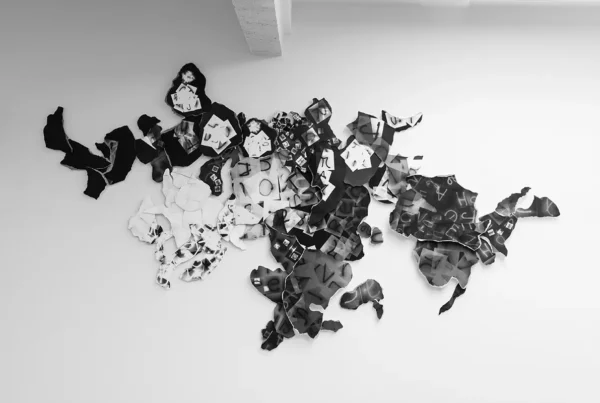“Art is a form of spirituality, and to me, it requires silence rather than noise to reflect oneself in the mirror of nature.”
The Genesis of an Artistic Journey
The artistic odyssey of Masako Kano is a narrative of transformation and discovery, emerging from the structured world of finance into the boundless realm of visual arts. Born in Tokyo and enriched by international living, Kano’s journey into art was catalyzed by her extensive background in English Literature, Economics, and later, Art History and photography. This eclectic academic foundation was complemented by a traditional upbringing, where early engagement with calligraphy, ikebana, tea ceremony, and martial arts laid the groundwork for a disciplined yet creative exploration of art. The influence of her stepfather, Seisuke Furukawa, a renowned fresco and mosaic artist, instilled in her a deep appreciation for dedicated craftsmanship, shaping her approach to artistic creation.
Kano’s transition to the arts was sparked by a personal evolution. As her daughter embarked on her own academic journey in the UK, Kano faced the empty nest syndrome, a turning point that propelled her into pursuing visual arts. Her studies under disciples of the School of Ansel Adams and the F64 group, particularly in analog photography, marked the beginning of her love affair with capturing monochrome realities. Kano’s inaugural exposition, a group exhibition commissioned by Glaxo Smith Klein to celebrate International Women’s Day, set the stage for her unique blend of photography and storytelling. This was further recognized when her work caught the attention of the curator of Killk Gallery, leading to a solo exhibition that celebrated Argentine women, an experience that resonated deeply with her own journey of crossing cultural and personal boundaries.

The Artistic Ethos of Masako Kano
At the heart of Kano’s artistic practice lies a profound quest to explore spirituality through visual narratives. Regardless of the theme or subject, her work strives to evoke a sense of contemplative silence, a reflection of her belief in art as a spiritual endeavor. This spiritual inquiry is deeply intertwined with her exploration of memory, womanhood, and the Buddhist concept of reincarnation, themes that find their way into her work through a delicate balance of abstract and figurative elements. Kano’s artistic style is a testament to her diverse influences, drawing from the disciplined beauty of Ikebana, the invisible imagery of Hiroshi Sugimoto, and the architectural elegance of Tadao Ando, among others.
Her approach to art is emblematic of a broader philosophical inquiry, one that seeks to capture the essence of spirituality in moments of stillness and movement. This is exemplified in her piece “Sound of Silence,” a diptych that captures the zen-like tranquility of a female priest preparing for meditation. The work embodies Kano’s ability to freeze moments of profound silence, inviting viewers to listen to the unspoken through visual storytelling. Kano’s choice of photography as her primary medium is a reflection of her lifelong fascination with the power of images to convey stories, emotions, and concepts beyond the visible, a medium that allows her to articulate her vision while engaging deeply with her subjects and themes.

Masako Kano: Crafting Spaces, the Sanctuary of Creation
For Masako Kano, the concept of a workspace transcends the traditional confines of a studio, embodying a dynamic interplay between preparation and spontaneity, discipline and adaptability. As a fine photographer with a penchant for capturing the ethereal moments of nature, Kano’s preparation is meticulous, involving a careful selection of equipment tailored to the unpredictable elements of outdoor photography. This preparation is a ritual in itself, a prelude to the solitary journeys that mark her pursuit of the perfect light, the transient beauty of a landscape, or the raw power of a storm. Yet, Kano’s workspace is not solely bound by the external world; it extends into the realms of meditation and introspection. Here, she finds the silence necessary for creative reflection, a space where ideas gestate and mature alongside her visual projects.
This duality of Kano’s workspace is further reflected in her approach to project management and collaboration, especially evident in her experiences working in Latin America and producing an eco-documentary. The discipline and time management honed from her upbringing and professional background in Japan meet the fluidity and unpredictability of collaborative projects. The COVID-19 pandemic introduced another dimension to her workspace, pushing her to explore the theatrical possibilities of still life and portraiture within the confines of her immediate environment. This period of constraint became a crucible for creativity, where meditation and the written word became tools for refining her artistic vision, blending visual art with literary expression to distill the essence of her subjects.

Dreams of Silence and Ice: Anticipating the Antarctic Expedition
Masako Kano’s artistic aspirations reach beyond the tangible, into the realms of dreams and silent conversations with distant landscapes. Among these dreams is a project that stands out for its ambition and symbolic significance: an expedition to Antarctica. This vision is inspired not only by the pristine beauty and silence of the Antarctic glaciers but also by the unique human narratives that permeate this remote landscape. Kano’s desire to capture the intersection of nature’s grandeur with the human spirit’s resilience speaks to her continuous search for stories that transcend geographical and cultural boundaries. The project represents an extension of her artistic journey, one that seeks to document the sublime silence of the earth’s final frontiers and the people who inhabit these spaces, bridging the gap between the ephemeral and the eternal.
The anticipation of this project underscores Kano’s belief in the transformative power of art to connect with the essence of our planet and the myriad stories it holds. It is a testament to her unwavering commitment to exploring new dimensions of artistic expression, challenging herself to venture into uncharted territories, both literally and metaphorically. As Kano awaits the realization of this dream, her work continues to evolve, reflecting a deepening engagement with themes of spirituality, memory, and the human connection to nature. Through her lens, Masako Kano invites us to listen to the silence, to find solace in the stillness, and to behold the beauty of the world with a renewed sense of wonder and introspection.






